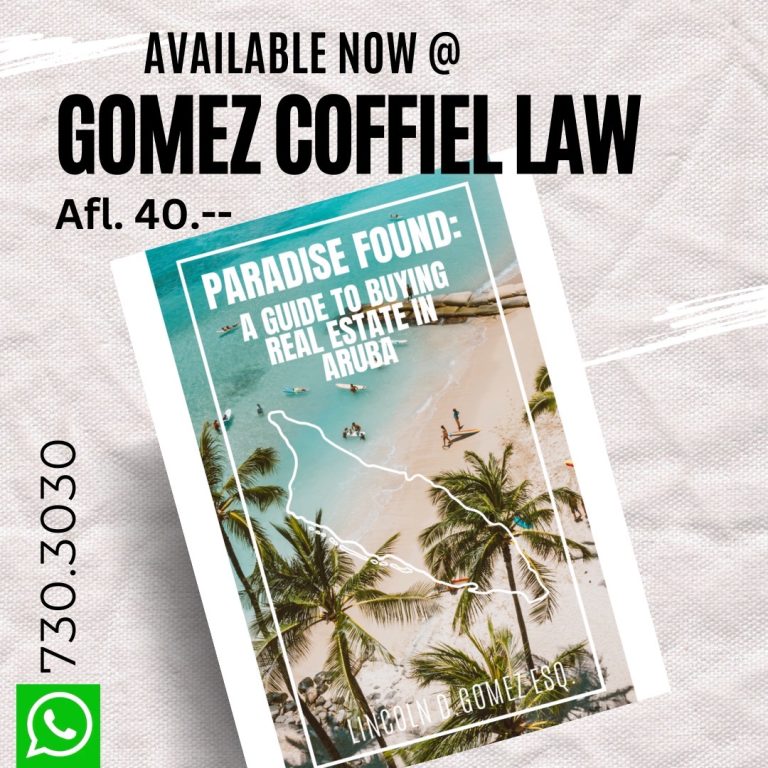Equality is off to the Supreme Court
Originally published on March 6th, 2023
Introduction
If I had a dime for every time someone called me and told me he needed to file an injunction right away, I would have a lot of dimes. Instead, I have had to explain many times that an injunction is not a quick-fix remedy or a one size fits all type of magic pill. Still, for many, the word injunction has some kind of sexiness.
Why are we talking about the Supreme Court?
Lately, many in our community have found seemingly another sexy and very desirable legal recourse, “Supreme Court appeal”. The reason is that there has been a lot of discussion around a decision from our Appellate Court. In that decision, the Appellate Court ruled that one or more sections of our Civil Code were discriminatory, limiting marriage only to partners of the opposite sex. Our friendly politicians could not find common ground on same-sex marriage when enacting the (new) Civil Code.
The Appellate Court ruled on this on December 7th, 2023, in the matter of Aruba Pride Foundation vs. the Country of Aruba. A 34-page decision and a landmark case for inclusion and diversity for Aruba. At least, that is how many felt about it. Certain conservatives and particular churches or religious groups, however, went through the roof. Unhappy with the outcome, they started to chant, « Supreme Court Appeal, Supreme Court Appeal ».
I suspect, though, that many of those chanters have not bothered to ask themselves or to find out what an appeal to the Supreme Court entails in general and, more importantly, what the expected outcome could be. Then again, it wouldn’t be the first time that the masses are guided by chanting or sound bites rather than by logic. Still, we live in a free country, and our constitution provides it and the chanters with many civil rights, including the freedom of speech and the congregation’s rights.
Scope
Now, rather than entering into a debate of pro or against the right of couples of the same sex to have the right to enter into a civil law marriage, I decided to shed some light on the Supreme Court, its role, and its functions.
Our Supreme Court
The Supreme Court is not located downtown or near our beaches. It is located across the Atlantic Ocean in The Hague, Netherlands. It is our supreme court because it is the highest court that we can go to and the court where the appellate court decisions for cases in civil, criminal, and tax matters are made. The Supreme Court, unlike the court of first instance and the appellate court, only reviews the case to determine if the appellate court applied the laws correctly and if the procedures were followed correctly. If the Supreme Court finds that the law was applied correctly and that the procedures were followed correctly, the decision of the appellate court will stand. At this stage, the facts of the case, as established by the lower court, are no longer subject to discussion.
Let me give you some examples of when the Supreme Court will quash a decision:
- if a law or rule was misapplied
- If a decision were not substantiated property’s
- If the court’s decision not to hear a witness was not justified
- If the right to rebuttal were not given to a party
- If the appellate court failed to address a specific question of law or neglected to investigate such question
These examples would illustrate that the scope of the Supreme Court review is limited to very formal and procedural aspects.
Role of the Supreme Court
The Supreme Court has two important functions. The first is correct errors made by the appellate court, which provides legal recourse to a party. The second one is to provide unity and consistency in applying our laws across the Netherlands, Aruba, Curacao, and Sint Maarten jurisdictions. In doing this, the Supreme Court also takes, where relevant, decisions from the European Court. It also considers the evolution and developments that our communities go through. These developments are such that, at one time or another, the laws may be unable to provide adequate solutions. Sometimes these developments lead to the need to look at a certain aspect differently than it was looked at before. When these things happen, we need a mechanism to guide us to deal effectively with these new circumstances. That is when the Supreme Court provides such guidance or solution. In doing so, the Supreme Court helps shape the legal landscape.
Since 1838
The Supreme Court has been fulfilling this role since 1838. During these 185 years, there have also been instances where ten supreme courts explicitly “pulled a 180” and have pulled back a certain precedent to implement a new one. Over the course of years, it also has interpreted our laws and, in some cases, expanded the scope and, in others, has restricted the scope of application.
Supreme court appeals are handled by either three or five supreme court justices. Supreme Court justices are usually scholarly, experienced, and highly skilled jurists. Unlike countries like the United States, they are not appointed politically based on their ideology, philosophy, or political affiliation.
Going there
Following a decision from the appellate court, any party can file an appeal with the Supreme Court. It, of course, helps to do within the statute of limitations. Once the parties have exchanged arguments and views in writing, the file will be handed over to the attorney general of the Supreme Court. He will review the file and provide the Supreme Court and the parties with an opinion on how he views the case and his recommendations to the Supreme Court. The Supreme Court will then review the file and prepare a final ruling. In doing so, it can take over the opinion of the attorney general of the Supreme Court, but it is not obligated to do so.
The “Hale Mary’s”
In a litigious environment, parties typically go “toe to toe” through all the various courts. Once the Appellate Court has ruled, it is often a good moment to look at the decision and have peace with it. A good moment to perhaps let reality sink in. Then again, litigious parties often have the urge to fight to the bitter end, no matter what. In those cases, a party will go to the Supreme Court to show that he is still standing even if his lawyers give him a tiny chance of success. In American football, such a desperate move is called a Hail Mary. Here are some examples of appeals that can be classified as Hale Mary’s
- filing an appeal without addressing a specific rule or regulation that wasn’t complied with
- Filling an appeal against a matter of law that the Supreme Court previously ruled on
- Filing an appeal against a decision that is clearly and sufficiently substantiated
- Raising new facts and circumstances in appeal
In these cases, the Supreme Court can declare the case inadmissible or reject the appeal with a very minimalistic substantiation.
Touchdown
To stay in football terms, if an appeal results in a touchdown, the Supreme Court will find the flaw in applying the law or procedure. Outline the flaw, quash the appellate court’s decision, and return the case to the appellate court. The appellate court will then have to take the necessary actions. Usually, this means giving the parties a chance to share their views of the Supreme Court’s decision so that the Appellate Court can issue a new decision. This decision is (again) subject to appeal at the Supreme Court. Supreme Court decisions are published online.
Same sex marriages under civil law
This week’s column is inspired by the appellate court decision of December 7th, 2022, as I mentioned earlier. I wanted to shed some light on the when, how, and why of a Supreme Court appeal to help inform the community in general but also those (including some religious groups) that demanded that the government file a Supreme Court appeal, perhaps without even understanding what such an appeal is or without even considering the merits of such appeal.
My two cents
I have reviewed the 34-page decision from the appellate court. Based on that review and considering the applicable criteria for a successful appeal, I believe the appeal will not be successful and that the appellate court’s decision will be upheld. This will be much to the dismay of those against the right of same-sex couples to enter into a civil wedding and obtain the civil rights and privileges that come with such a wedding. Rights and privileges have nothing to do with any religion or religious belief. Which makes the opposition by these groups hard to follow, mildly put.
Wild card?
The government filed an appeal based on alleged expert opinion received from the state’s supreme court lawyers. Allegedly, the ground for appeal is that the appellate court went too far in shaping the legal landscape. The government feels that the appellate court overstepped its boundaries. However, no statute can point to where that imaginary line in the sand is. Hence, I have doubts about the success of the appeal.
However, there is one option that perhaps neither the government nor the religious groups have not considered. I am going to call this “the wildcard”. Why? It is because the Supreme Court could very well come up with a surprise decision in which the grounds of the appellate court decision are enhanced. This enhancement would be based on the fact that contrary to the opinion of the court of appeals that the current limitation in our civil code vis a vis civil law marriage indeed infringes upon The European Convention on Human Rights EVRM and the International Covenant on Civil and Political Rights (ICCPR). The last time that this was presented to the Supreme Court was in 1990. Back then, the court rejected that argument. Who knows if, 33-plus years later, the supreme court is not ready for a more inclusive interpretation of the law and grants a broader scope of rights than those awarded so far by the Appellate Court! Time will tell.
Your Favorite Lawyer
















